1). “Earth’s Latest ‘Vital Signs’ Show the Planet Is in Crisis: The overall picture of Earth’s health is grim, although there are bright spots: solar and wind power are on the rise, and deforestation has slowed”, Oct 24, 2023, Meghan Bartels, Scientific American, at < https://www.
2). “Humans Have Crossed 6 of 9 ‘Planetary Boundaries’: Scientists analyzed nine so-called planetary boundaries and found humans are currently transgressing six”, Sept 13, 2023, Meghan Bartels, Scientific American, at < https://www.
3). “Increased West Antarctic Ice Sheet melting ‘unavoidable’ ”, Oct 23, 2023, Anon, British Antarctic Survey (BAS), at < https://www.bas.ac.uk/media-
Introduction by dmorista: There have been some more developments in our understanding of, the always smoldering away in the background, but in reality the most existential issue of all: destruction of an environment capable of supporting our human civilization. I have posted links to the much shorter summaries of these issues, as provided by two articles in the Scientific American and a press release from the British Antarctic Survey. But I am also posting links to the research articles that those two outlets summarized. Different teams of scientists have proposed various markers or guideposts as to how humanity, as still largely operating under capitalist regimes is coping with our collective problems.
Article 1). “Earth’s Latest ‘Vital Signs’ Show the Planet Is in Crisis: ….” discusses the 35 “Vital Signs” first delineated in 2019 and reevaluated recently. The follow-up research article that reassessed humanity's interaction with the “Vital Signs” is “The 2023 state of the climate report: Entering uncharted territory”, Oct 24, 2023, William J Ripple et al. (a total of 12 authors), BioScience, at < https://academic.oup.com/
“The effects of global warming are progressively more severe, and possibilities such as a worldwide societal breakdown are feasible and dangerously underexplored (Kemp et al. 2022). By the end of this century, an estimated 3 to 6 billion individuals—approximately one-third to one-half of the global population—might find themselves confined beyond the livable region, encountering severe heat, limited food availability, and elevated mortality rates because of the effects of climate change (Lenton et al. 2023). Big problems need big solutions. Therefore, we must shift our perspective on the climate emergency from being just an isolated environmental issue to a systemic, existential threat. Although global heating is devastating, it represents only one aspect of the escalating and interconnected environmental crisis that we are facing (e.g., biodiversity loss, fresh water scarcity, pandemics). We need policies th(at target the underlying issues of ecological overshoot where the human demand on Earth's resources results in overexploitation of our planet and biodiversity decline (figures 5a, S5; McBain et al. 2017). As long as humanity continues to exert extreme pressure on the Earth, any attempted climate-only solutions will only redistribute this pressure.” (Emphases added)
And while the section I placed in italics specifically mentioned Climate Change the article ranges far more widely looking at a variety of ecological, resource use, and even some consideration of socioeconomic issues. Graphs representing the situation with 13 of the 25 Vital Signs are reproduced here. The Scientific American article presents graphs for all 35.
Item 2). the article, “Humans Have Crossed 6 of 9 ‘Planetary Boundaries’: ….”, discusses a somewhat earlier look at important guideposts, first proposed in 2009. Climate Change is only one of the 9 “Planetary Boundaries” proposed. For 6 of the 9 the current assessment is that we are taking more resources or dumping more waste into the planet's ecosystems and general environment than can be sustained over any reasonable length of time. The recent research article that the Scientific American article summarizes is “Earth beyond six of nine planetary boundaries”, Sept 13, 2023, Katherine Richardson et al., (a total of 29 authors), Science Advances, V. 9 (37), at < https://www.science.org/doi/
Finally Item 3). the article, “Increased West Antarctic Ice Sheet melting ‘unavoidable’ ”, discusses some new work looking at the likely melting rate for the West Antaractic Ice Sheet. That one ice sheet contains enough ice that when it all melts it will cause a 5 meter sea level rise. I am providing two maps, one that compares the current shoreline of Florida with the projected shoreline after 5 meters of sea level rise. Seeing as it will take a relatively long time for that melting to take place, and because the standard wisdom is that sea level rise will be about 1 meter by 2100 I included a second map that compares the current shoreline of Florida with the projected shoreline after 1 meter of sea level rise. Of course loss of low-lying shoreline land is only one effect from sea-level rise. South Florida already has problems with salt water intrusion into the ground water that most communities depend on for their water supply. Also very low-lying places like much of Bangla Desh, with its population of 169,532,362 people as of April of this year, will suffer flooding that will force the population in the affected areas to try to flee. India has already militarized its border and is ready to mow people down who try to enter India. And we might note that the reception for immigrants, be they people forced out by war, poverty, or environmental disasters and problems is not particuarly warm anywhere. The pertinent research article for the West Antarctic Ice Sheet is “Unavoidable future increase in West Antarctic ice-shelf melting over the twenty-first century”, Oct 23, 2023, Kaitlin A. Naughten, Paul R. Holland, & Jan De Rydt, Nature Climate Change,
These are some of the main environmental issues we must solve if human society is to have any chance of surviving into the future.
Environmental Crisis Maps and Charts
Earth’s Latest ‘Vital Signs’ Show the Planet Is in Crisis
The overall picture of Earth’s health is grim, although there are bright spots: solar and wind power are on the rise, and deforestation has slowed
- By Meghan Bartels on
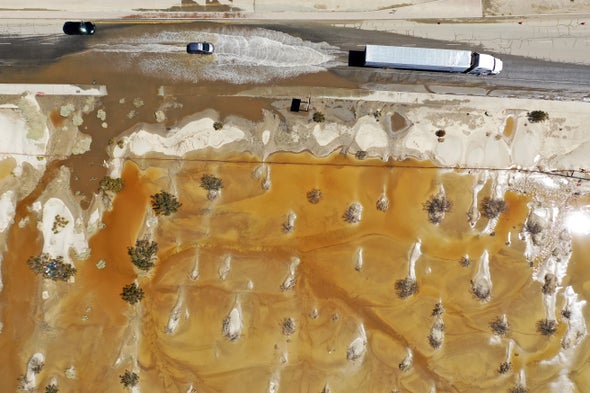
A new planetary report card confirms that humans are making little progress on confronting the climate crisis.
“Humanity is failing, to put it bluntly,” says Bill Ripple, an Oregon State University ecologist. “Rather than cutting greenhouse gas emissions, we’re increasing them. So we’re not doing well right now.”
Ripple is co-author of research published on October 24 in BioScience that offers a snapshot of Earth’s status on 35 “planetary vital signs” with regards to climate. The analysis shows that humans have reached new extremes on 20 of these measurements, including global gross domestic product, fossil fuel subsidies, annual carbon pollution and glacier thinning. Overall, the report considers human activities, such as deforestation and meat consumption, as well as the planet’s responses to those activities, including characteristics such as ice loss and temperature changes.
Ripple also says that in addition to the 35 formal variables, most of which he and his colleagues began to track in late 2019, the team is closely watching global estimates of populations that are experiencing undernourishment. Though undernourishment can have political causes, it is often tied to climate factors such as droughts and floods that damage crops.
Where possible, the analysis is based on data through the present, although some variables without freshly reported measurements rely on slightly older data. But there’s no denying that the picture is grim. “Many climate-related records have been broken by enormous margins in 2023,” Ripple says. For example, July was the hottest month ever recorded, and September was the most anomalously warm month, both by a significant amount.
The researchers also noticed a steep increase in global disasters tied to climate, including flooding, wildfires, heat waves and landslides. Ripple and his colleagues identified 14 disasters since October 2022 that were “definitely” or “likely” exacerbated by climate change. For example, a separate analysis found that heat waves that baked parts of North America and Europe this summer would have been “virtually impossible” without climate change. All told, these disasters killed thousands of people and affected millions; several individual events caused more than $1 billion in damage. In fact, the U.S. has already set a record for “billion-dollar disasters” this year, with several months left.

“What we’ve been noticing is that as temperatures are creeping up, climate-related disasters are leaping up,” Ripple says. “We’re getting this big surge in climate disasters.”
Even more concerning, he says, is that many of these disasters are hitting communities that have historically produced very little carbon pollution. Although the U.S. has been hit by extreme heat and wildfires, South America and Southeast Asia have also sweltered, while Libya and northern India have seen extreme floods. “The less wealthy countries that had little to do with creating climate change are having the most vulnerability to the climate disasters,” Ripple says.
Because of that, the report highlights the importance of confronting the climate crisis with justice in mind—a key aspect of this kind of work, says Joyeeta Gupta, a sustainability scientist at the University of Amsterdam, who was not involved in the new research. “We are repeating ourselves over and over again about the nature of the problem and the impacts,” Gupta says, noting that scientists have known for decades that the climate is changing because of human activity.
“Natural scientists very often don’t include justice issues,” she adds. “I think it’s really important that we bring this justice issue much more centrally to our narrative because otherwise we won’t solve these problems; we’ll just keep telling people that there are problems.”
Although many factors Ripple and his colleague studied are complex and difficult to tackle individually, not all are. For example, the team highlights that government subsidies of fossil fuels were at their all-time high in 2022, the most recent year out of the 13 for which data are available. The researchers cite Russia’s invasion of Ukraine in February 2022 as a destabilizing factor that prompted the steep increase that more than doubled subsidies over their previous level. “Governments are subsidizing the fossil fuel industry, which seems a little counterproductive,” Ripple says. “Immediately, we can’t do a lot to stop the disasters, but we do have a lot of control over these subsidies.”

Without rapidly shifting away from fossil fuels and toward renewables, the concentration of carbon dioxide will continue to rise in the atmosphere, causing sea levels to continue to rise, ice to melt, more heat waves to occur and oceans to become more acidic.
Fortunately, Ripple and his colleagues have found that humans have made progress in developing wind and solar power. In another positive note in the report, deforestation globally and in the Amazon—a particularly vital region for climate—has decreased.
Ripple’s 35 “vital signs” are just one of several frameworks that scientists use to understand how the planet is changing as the climate crisis unfolds. A separate project announced last month that humans have crossed six of nine planetary boundaries beyond which it becomes difficult to support the societies our species has built. The boundaries include variables, such as biodiversity and nutrient flow, that are not included in the new analysis, as well as some of the vital signs, such as deforestation and ocean acidification.
Ripple says he hopes that policymakers and citizens take the analysis seriously. “Life on planet Earth is under siege,” he says. “Whether you look at planetary boundaries or our planetary vital signs, it’s telling a similar story in that this is going to take major attention by humanity and big changes.”
Humans Have Crossed 6 of 9 ‘Planetary Boundaries’
Scientists analyzed nine so-called planetary boundaries and found humans are currently transgressing six
- By Meghan Bartels on
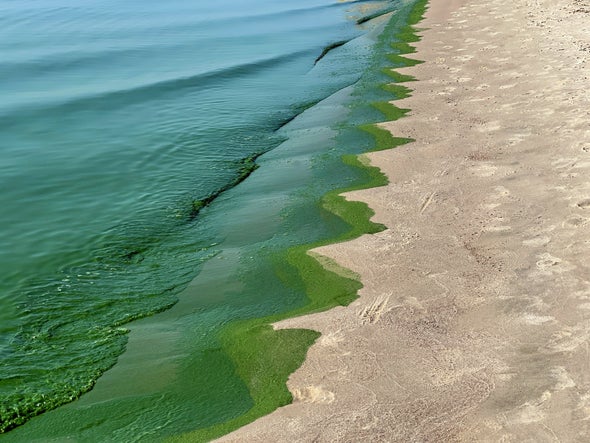
Human activity is turning Earth into a world that may no longer adequately support the societies we’ve built, scientists warn in a new study charting whether and by how much we have surpassed nine “planetary boundaries.”
The analysis builds on a 2009 paper that first outlined nine planetary constraints that keep Earth’s environment similar to that of the world humans lived in during the preindustrial portion of the Holocene epoch. This period lasted for about the past 10,000 years, until the industrial revolution began and humans started burning large amounts of fossil fuels and sending heat-trapping greenhouse gases into the atmosphere. In the new research, published on Wednesday in Science Advances, researchers raise the alarm about what the potential consequences of this departure from humans’ baseline might be.
“It’s like blood pressure,” says Katherine Richardson, an earth systems scientist at the University of Copenhagen, who led the new research. “If your blood pressure is over 120 over 80, it’s not a guarantee that you’re going to have a heart attack, but it does raise the risk, and therefore we do what we can to bring it down.”
The new study marks the second update since the 2009 paper and the first time scientists have included numerical guideposts for each boundary—a very significant development. “What is novel about this paper is: it’s the first time that all nine boundaries have been quantified,” says Rak Kim, an environmental social scientist at Utrecht University in the Netherlands, who wasn’t involved in the new study.
Since its initial presentation, the planetary boundaries model has drawn praise for presenting the various intertwined factors—beyond climate change alone—that influence Earth’s habitability. Carbon dioxide levels are included in the framework, of course, but so are biodiversity loss, chemical pollution, changes in the use of land and fresh water and the presence of the crucial elements nitrogen and phosphorus. None of these boundaries stands in isolation; for example, land use changes can affect biodiversity, and carbon dioxide affects ocean acidification, among other connections.
“It’s very easy to think about: there are eight, nine boundaries—but I think it’s a challenge to explain to people how these things interact,” says political scientist Victor Galaz of the Stockholm Resilience Center, a joint initiative of Stockholm University and the Beijer Institute of Ecological Economics at the Royal Swedish Academy of Sciences, who focuses on climate governance and wasn’t involved in the new research. “You pull on one end, and actually you’re affecting something else. And I don’t think people really understand that.”
Although the nine overall factors themselves are the same as those first identified in the 2009 paper, researchers on the projects have fine-tuned some of these boundaries’ details. “This most recent iteration has done a very nice job of fleshing out more and more data—and, more and more quantitatively, where we sit with respect to those boundaries,” says Jonathan Foley, executive director of Project Drawdown, a nonprofit organization that develops roadmaps for climate solutions. Foley was a co-author on the original 2009 paper but was not involved in the new research.
Still, the overall verdict remains the same as it was nearly 15 years ago. “It’s pretty alarming: We’re living on a planet unlike anything any humans have seen before,” Foley says. (Humans are also struggling to meet the United Nations’ 17 Sustainable Development Goals, which are designed to address environmental and societal challenges, such as hunger and gender inequality, in tandem.)
The new research assesses the nine boundaries as follows.
Among the most concerning evaluations are the flows of phosphorus and nitrogen, which are both widely used as crop fertilizers and freely run out into ecosystems, wreaking havoc by, for example, triggering dangerous algal blooms. The researchers find that humans are releasing far more chemicals that contain these elements into the environment than the boundary limits the scientists calculated.
Another clearly violated boundary is climate change, which the researchers evaluated in two ways. First, they considered the atmospheric concentration of carbon dioxide, which is now at 417 parts per million (ppm), whereas scientists had previously estimated it was just 280 ppm before the industrial revolution. They identified the safe boundary limit as 350 ppm, which was surpassed in 1987. The scientists also considered radiative forcing, a measure of the balance of energy from sunlight that hits Earth, compared with thermal energy the planet loses. On both fronts, the team finds, we’re currently operating outside of recommended planetary boundaries.

But one of the key messages of the research is that the integrity of the living world is just as important as climate, despite the way climate dominates conversations about Earth’s future. “Every planet has a climate, for heaven’s sake—there’s nothing special about that,” Richardson says. “What’s special is having life.”
Richardson and her colleagues evaluated biosphere integrity on two fronts: genetic diversity and what they call “functional integrity.” For the former, they looked at the extinction rate as an approximation and conservatively estimated that the current extinction rate is about 100 times the background rate. And a newly considered factor in the current analysis is the total level of “primary production” (meaning photosynthesis) around the planet as an estimate of the functional integrity of ecosystems. The team established that primary production was relatively constant across the Holocene. Today, the researchers estimate, humans have co-opted about 30 percent of primary production for their own purposes—effectively through the food we harvest and eat. Before the industrial revolution, it was just 2 percent.
The fourth boundary, “novel entities,” represents the artificial chemicals that fill so much of modern life—such as plastics, dichlorodiphenyltrichloroethane (DDT), which dangerously thinned the eggshells of birds such as eagles, and perfluoroalkyl and polyfluoroalkyl substances (PFASs), “forever chemicals” that scientists have realized are nearly ubiquitous. For the first time, the scientists quantified this boundary, which they defined as releasing into the environment only chemicals that have been tested for safety. The current situation is far beyond that limit, Richardson notes: in the European Union alone, some 80 percent of human-made chemicals have been used without testing for more than a decade.
Another surpassed boundary involves land use. Specifically, the researchers quantified forest loss and researchers found that just 60 percent of once forested land remains as such. And they say 75 percent marks the edge of safety because of forests’ role in moderating our climate and keeping it human-friendly.
The boundary crossed since the previous version of this analysis is freshwater use, a category that now reflects changes in how the researchers approached this boundary. Earlier analyses looked only at what scientists call “blue water,” which includes surface water and groundwater. In the new assessment, the team also considered “green water,” which doesn’t enter aquifers but is still accessible to plants. Richardson says this is an important distinction. “I think it was right to change the metric, and the metrics that we now choose show that we’re on the wrong side,” she says. “I’ll be honest and say that if we’d used the old metrics, then we still wouldn’t have crossed it.”
The final three categories represent the areas where humans have not yet exceeded planetary boundaries as defined by the researchers: ocean acidification, atmospheric aerosol loading and ozone depletion. Only the last of these is trending in the right direction, thanks to the rare success of the Montreal Protocol, an international agreement. Under this pact, countries have reduced their use of ozone-depleting chemicals, allowing the protective ozone layer high in the atmosphere to recover.
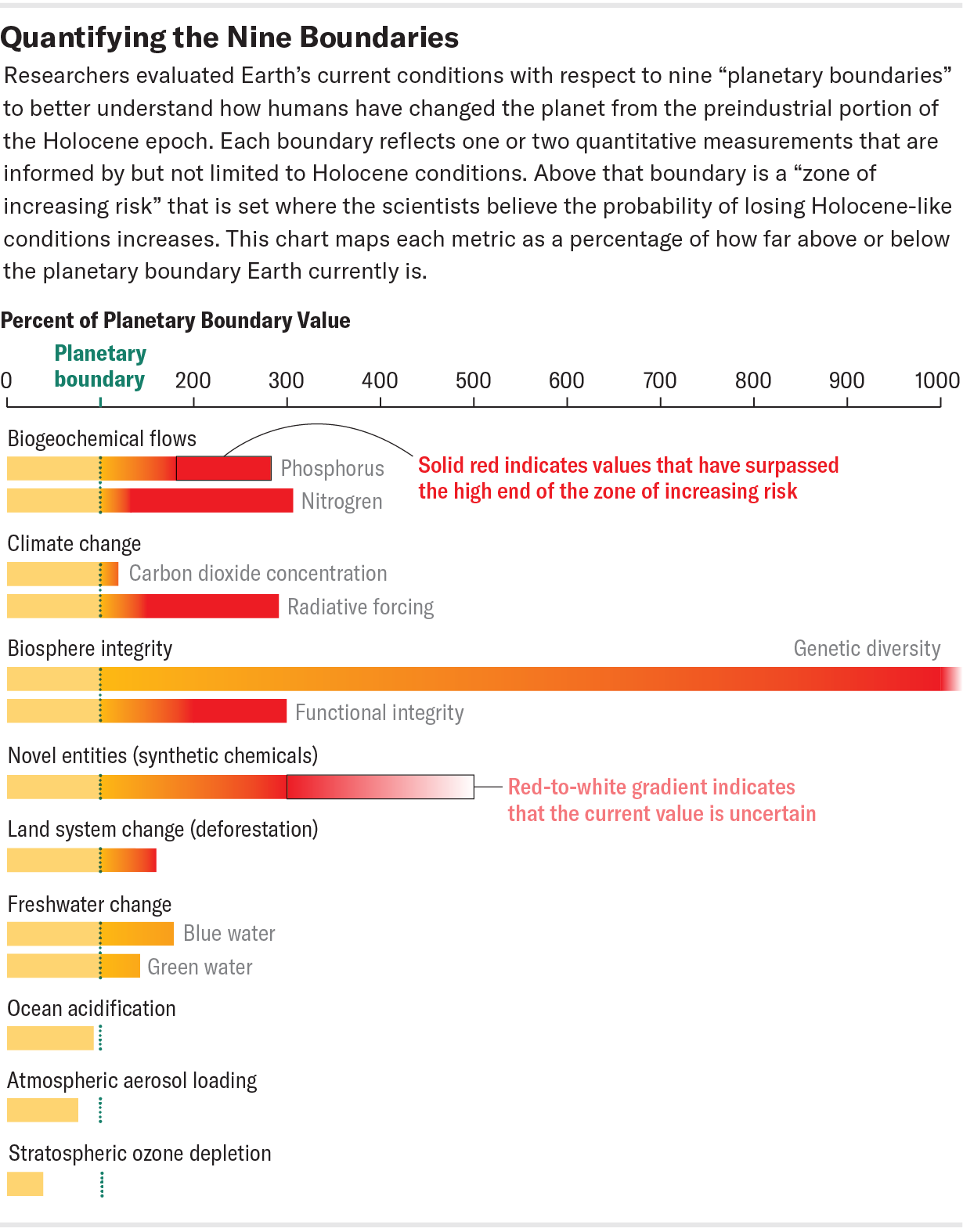
Ever since the initial presentation of the planetary boundaries, researchers have debated not just these metrics’ details but also the merits of such a system as a whole. For Richardson, planetary boundaries are a way to easily understand how much humans are taking from Earth. “I see it very positively in the sense that it’s kind of a bank account, and understanding our relationship with the planet is power, and it gives us the possibility to develop sustainable societies,” she says. “Society needs something like this.”
Others say that although a better understanding of the current situation is helpful, the planetary boundaries system doesn’t address the inertia and complexity we must tackle to pull ourselves back within our planet’s limits. “From a policy point of view,” Galaz says, “we don’t need more information to act.”
Foley says his focus has also turned to action. Although his organization’s efforts lay out road maps for dealing with one boundary, climate change, he says the others need similar work. “Moving from planetary boundaries to planetary solutions is what I’d find a really exciting next step,” Foley says. “We scientists are really good at describing problems, but we have to get better at framing solutions and showing how they can be attractive and useful—not to just those people who care about the environment but to everybody.”
ncreased West Antarctic Ice Sheet melting ‘unavoidable’ - British Antarctic Survey
23 October, 2023
The West Antarctic Ice Sheet will continue to increase its rate of melting over the rest of the century, no matter how much we reduce fossil fuel use, according to British Antarctic Survey (BAS) research published this week in the journal Nature Climate Change. A substantial acceleration in ice melting likely cannot now be avoided, which implies that Antarctica’s contribution to sea level rise could increase rapidly over the coming decades.
Scientists ran simulations on the UK’s national supercomputer to investigate ocean-driven melting of the West Antarctic Ice Sheet: how much is unavoidable and must be adapted to, and how much melting the international community still has control over through reduction of greenhouse gas emissions.
Taking into account climate variability like El Niño, they found no significant difference between mid-range emissions scenarios and the most ambitious targets of the 2015 Paris Agreement. Even under a best-case scenario of 1.5°C global temperature rise, melting will increase three times faster than during the 20th century.
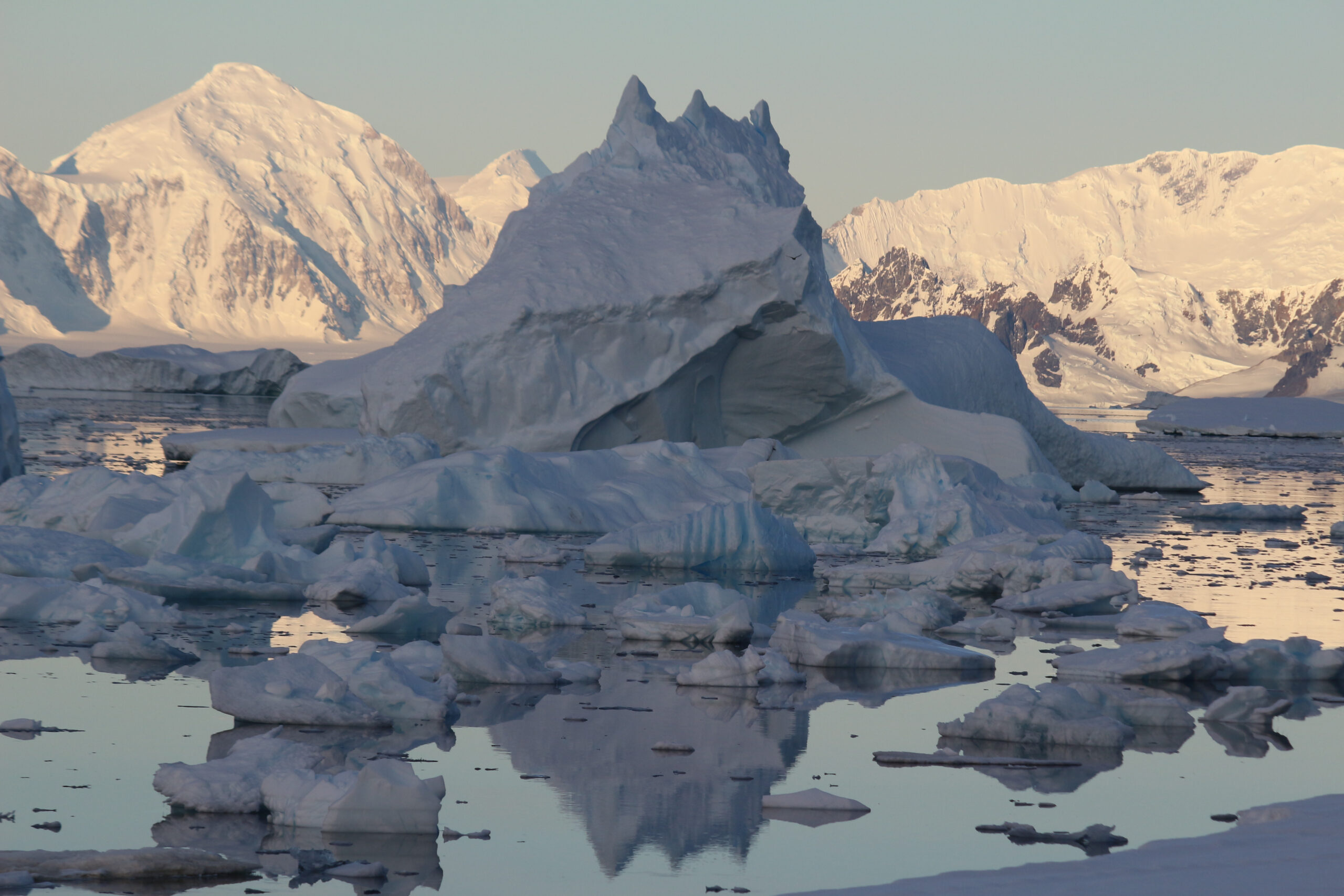
The West Antarctic Ice Sheet is losing ice and is Antarctica’s largest contributor to sea-level rise. Previous modelling finds this loss could be driven by warming of the Southern Ocean, particularly the Amundsen Sea region. Collectively the West Antarctic Ice Sheet contains enough ice to raise global mean sea-level by up to five metres.
Around the world millions of people live near the coast and these communities will be greatly impacted by sea level rise. A better understanding of the future changes will allow policymakers to plan ahead and adapt more readily.
Lead author Dr Kaitlin Naughten, a researcher at the British Antarctic Survey says:
“It looks like we’ve lost control of melting of the West Antarctic Ice Sheet. If we wanted to preserve it in its historical state, we would have needed action on climate change decades ago. The bright side is that by recognising this situation in advance, the world will have more time to adapt to the sea level rise that’s coming. If you need to abandon or substantially re-engineer a coastal region, having 50 years lead time is going to make all the difference.”
The team simulated four future scenarios of the 21st century, plus one historical scenario of the 20th century. The future scenarios either stabilised global temperature rise at the targets set out by the Paris Agreement, 1.5°C and 2°C, or followed standard scenarios for medium and high carbon emissions.
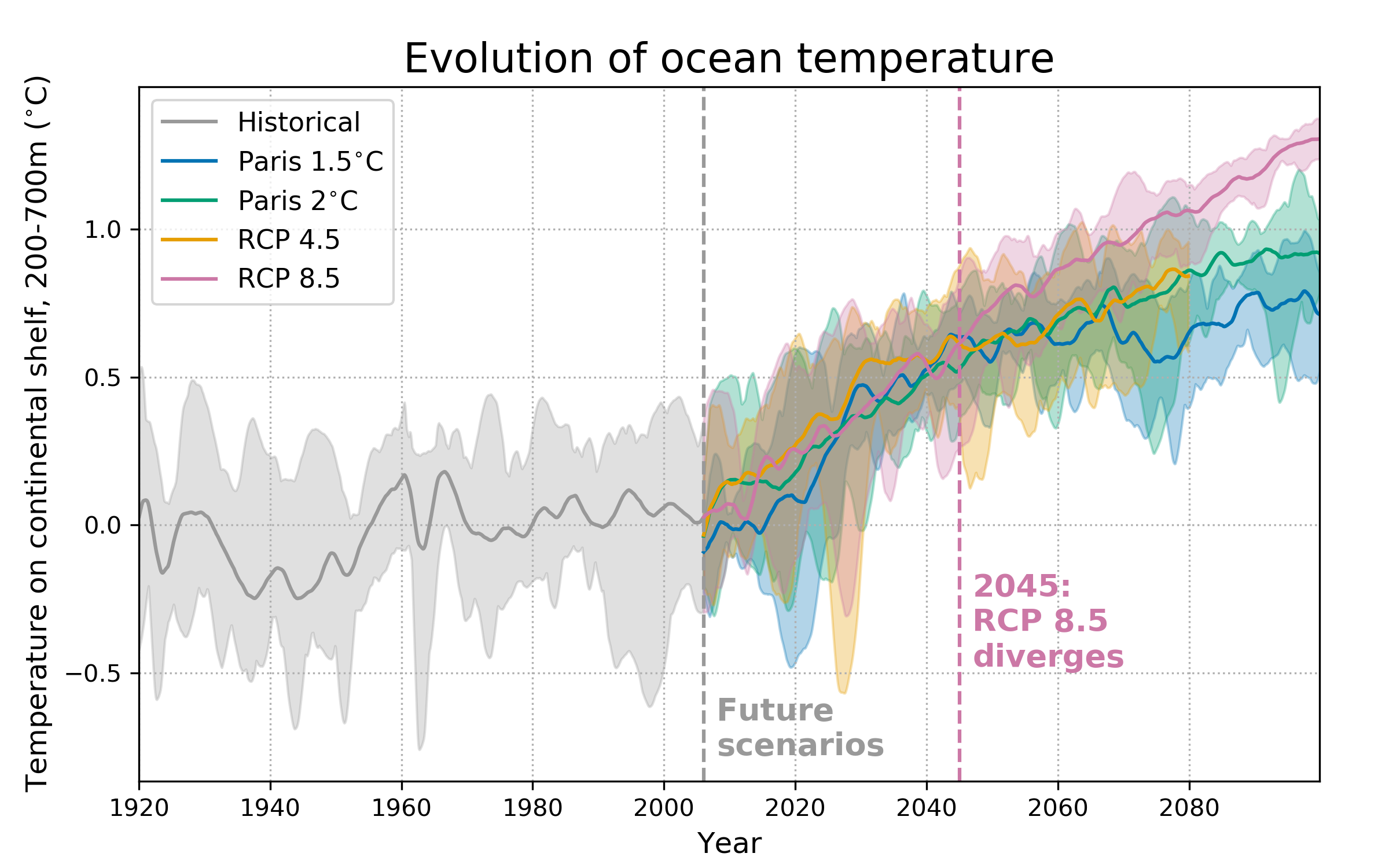
All scenarios resulted in significant and widespread future warming of the Amundsen Sea and increased melting of its ice-shelves. The three lower-range scenarios followed nearly identical pathways over the 21st century. Even under the best-case scenario, warming of the Amundsen Sea sped up by about a factor of three, and melting of the floating ice shelves which stabilise the inland glaciers followed, though it did begin to flatten by the end of the century.
The worst-case scenario had more ice shelf melting than the others, but only after 2045. The authors heed that this high fossil fuel scenario, where emissions increase rapidly, is considered unlikely to occur.
https://youtu.be/Ds31XYRvsLQ
Naughten cautions: “We must not stop working to reduce our dependence on fossil fuels. What we do now will help to slow the rate of sea level rise in the long term. The slower the sea level changes, the easier it will be for governments and society to adapt to, even if it can’t be stopped.”
Unavoidable future increase in West Antarctic ice-shelf melting over the 21st century by Kaitlin Naughten (BAS), Paul Holland (BAS), Jan De Rydt (Northumbria) is published in the journal Nature Climate Change.
No comments:
Post a Comment